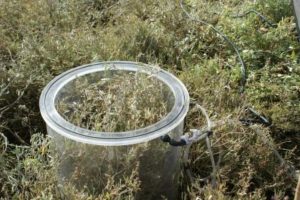In August 2013, the CBESS Team began the final push to collect data for the Summer Field Campaign in Morecambe Bay and the Essex Marshes. Conditions were very different to winter with fieldworkers suffering sunburn and dehydration, compared to suspected frost bite!
Two weeks were spent at each of the regional sites, collecting samples at four spatial scales to quantify the biodiversity and related ecosystem services in two very different bio-geographical regions. Over 10,000 samples were collected, we now face the task of sorting, testing and analysing over 20,000 samples.
Four members of the CBESS Team; Queen’s University Belfast, University of Southampton, University of St Andrews and Bangor University / Bangor CEH provide a roundup of the summer field campaign.

Staff and students from Queen’s University Belfast spent a muddy, but productive, four weeks in Morecambe Bay and the Essex marshes as part of the CBESS 2013 summer campaign.

The University of Southampton is tasked with assessing the biodiversity of the soils and sediments across six different marsh and mudflat systems in Essex and Morecambe.

As part of the fieldwork campaigns, the University of St Andrews has been measuring the community metabolism of salt marsh and mudflat areas, i.e. the CO2 fluxes due to either primary production or respiration of the mud or marsh and everything living in and on it.

The Bangor University and CEH-Bangor team have had a great summer campaign, sampling salt marsh vegetation, spiders and beetles, and sediment cores for our erosion studies. We are interested in understanding whether biodiversity of insect and spider populations are boosted by vegetation structural complexity (height, cover, weight per area) and vegetation biodiversity.
